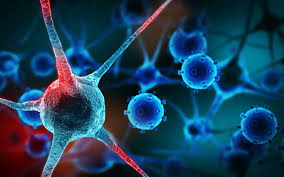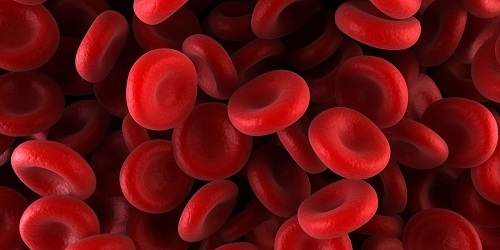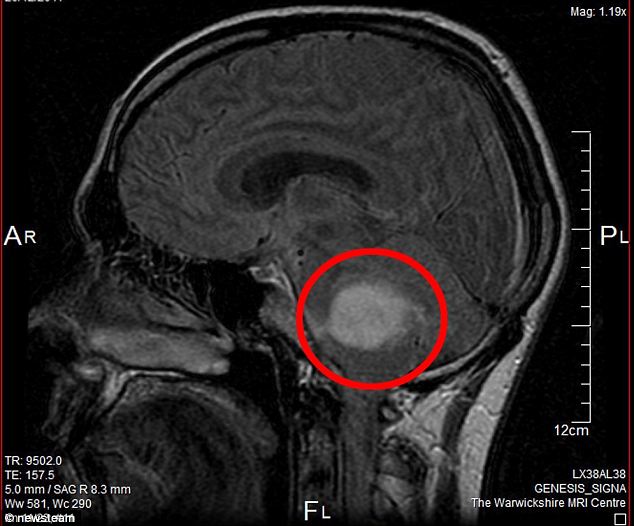As is well known, income or consumption poverty is often used as shorthand to capture economic wellbeing of people. However, there is almost a consensus view among social scientists by now that such a view of poverty is too narrow and it is absolutely necessary to go beyond hunger and malnutrition and include several other features in conceptualising poverty, such as deprivation (or poor access) in terms of clothing, shelter, basic social services including primary health care, sanitation, education, shelter etc., political powerlessness, socio-cultural marginalisation and exclusion, among others. By any reckoning, development deficits in India are huge in terms of attaining the MDGs (Millennium Development Goals).

In September 2000, the United Nations General Assembly adopted the UN Millennium Declaration through Resolution 55/2. The heads of the 191 states composing this international body agreed that they had “a collective responsibility to uphold the principles of human dignity, equality and equity at the global level”. The MDGs set forth a worldwide commitment to significantly reduce poverty and substantially improve the lives of the billions of people living in poverty. In particular, it highlighted ‘life-and-death issues’ for the billion-plus people living under extreme poverty throughout the world, who are subjected to deprivation that threatens their ability “to stay alive in the face of hunger, disease and environmental hazards”. These Goals, as is generally acknowledged, are simultaneously means and ends. The following are the well-known eight goals, and their progress is to be assessed through several operational indicators by the target date of 2015: a) Eradicate extreme poverty and hunger; b) Achieve universal primary education; c) Promote gender equality and empower women; d) Reduce child mortality e) Improve maternal health; f) Combat HIV/AIDS, malaria and other diseases; g) Ensure environmental sustainability; and h) A global partnership for development. It is obvious and may be a conscious choice, that the MDGs address only the symptoms of deprivation in the underdeveloped/developing regions, not the causes. The need for the underdeveloped countries to adopt strategies which would take them along trajectories of inclusive growth is not addressed even tangentially by the MDGs. It may be a common-sensical wisdom that addressing the structural constraints, which would facilitate a rapid transformation of agricultural and industrial sectors in such countries in a proactive manner would have to ultimately target the neo-liberal orthodoxy, and this may have been inconvenient for the script-writers of the ‘UN Millennium Project’. In any case, available information would suggest that South Asia, after Sub-Saharan Africa is the worst performer in terms of approaching the 2015 MDGs targets. Among the indicators not related to environmental concerns, progress relating to only one, namely, the percentage incidence of poverty, is approximately on track; none has yet been met; progress towards half the targets is too slow and will not lead to the expected 2015 MDGs scenario, and the rest show little progress or even retrogressions. As already mentioned, only proportional poverty reduction seems to be on track; however, it may not mean substantial change in the absolute number of the poor (even by official definitions).
It is reported that 62% of the Indian population consumed less than the minimum requirement in 1990, 53% in year 2000 and is expected that this will be down to 31% by 2015. Some World Bank study also notes that (in 2000), three populous states, with more than 20% of the Indian population, had more than 60% of their citizens suffering from food deprivation. Per capita availability of foodgrains has been falling since the early 1990s, and the current level is among the lowest recorded for the last half century; since the early 1990s. There is already a Sub-Saharan Africa within India w.r.t. hunger. Unfortunately, the dominant discourses within the government as well as within the academia dismiss the need to urgently address this issue by justifying fall in foodgrains consumption as a matter of voluntary choice, instead of recognizing the devastating effects of such developments.
There are huge disparities between rural and urban areas in terms of IMR (infant mortality rate). There are great variations among states, Orissa being worst performer with 96 and Kerala the best with 14

Be a part of Elets Collaborative Initiatives. Join Us for Upcoming Events and explore business opportunities. Like us on Facebook , connect with us on LinkedIn and follow us on Twitter , Instagram.












